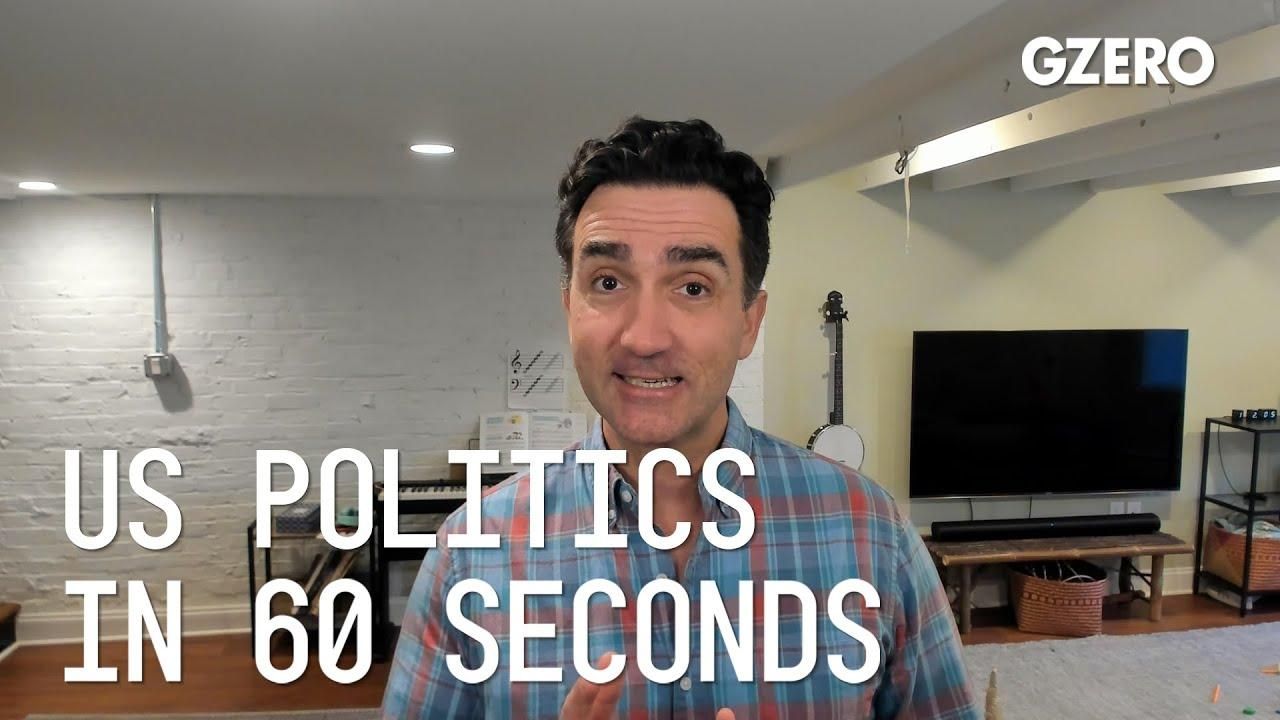US Politics In 60 Seconds
Independent Kyrsten Sinema won't change the US Senate

Will independent Krysten Sinema Move the US Senate's Needle? | US Politics In :60 | GZERO Media

Jon Lieber, head of Eurasia Group's coverage of political and policy developments in Washington, DC shares his perspective on US politics.
What does Kyrsten Sinema caucusing as an independent mean for the United States Senate next year?
And the short answer is, according to her, not much.
Arizona Senator Kyrsten Sinema today told Democratic Party leaders that she would be no longer identifying as a Democrat, instead choosing to identify as one of the Senate's three independents. Functionally, this probably doesn't mean much because Sinema says this won't affect the functioning of the Senate. Meaning that committee ratios are still expected to favor Democrats next year, giving them more power to easily report nominations and conduct oversight, but also that she would support Democratic Leader Chuck Schumer as the majority leader next year.
Probably where this has a bigger impact is in Sinema's own reelection campaign in 2024. She now can avoid a party primary, which was expected to be from a very well-funded Democrat, as Democrats aren't super happy with Sinema for having frustrated parts of Joe Biden's legislative agenda over the last two years. She can now run as an independent in the swing state of Arizona, which is going to be a presidential battleground state with lots of money and attention paid there in '24. And her expectation, assuming she runs, will be to split the Democratic and the Republican votes in the state and win reelection.
In this episode of "ask ian," Ian Bremmer breaks down Notre Dame football.
Geoffrey Hinton, the ‘Godfather of AI,’ joins Ian Bremmer on the GZERO World podcast to talk about how the technology he helped build could transform our lives… and also threaten our very survival.
Is the AI jobs apocalypse upon us? On Ian Explains, Ian Bremmer breaks down the confusing indicators in today’s labor market and how both efficiency gains as well as displacement from AI will affect the global workforce.
Remember Xinjiang? There was a time, not long ago, when China’s crackdown on the Uyghurs, a Muslim minority group living in Xinjiang province in Northwestern China, was a hot topic. But these days the attention has faded.